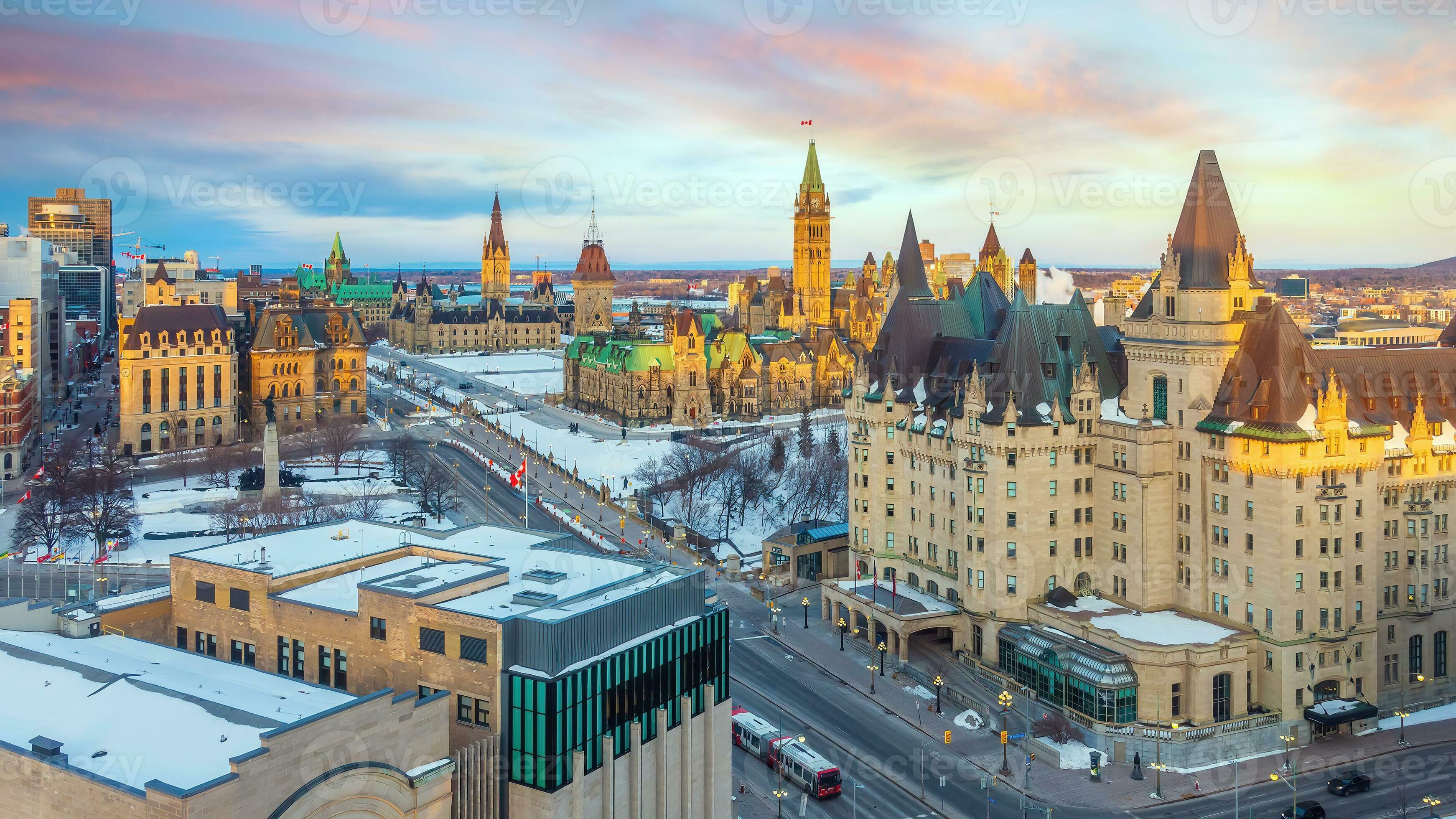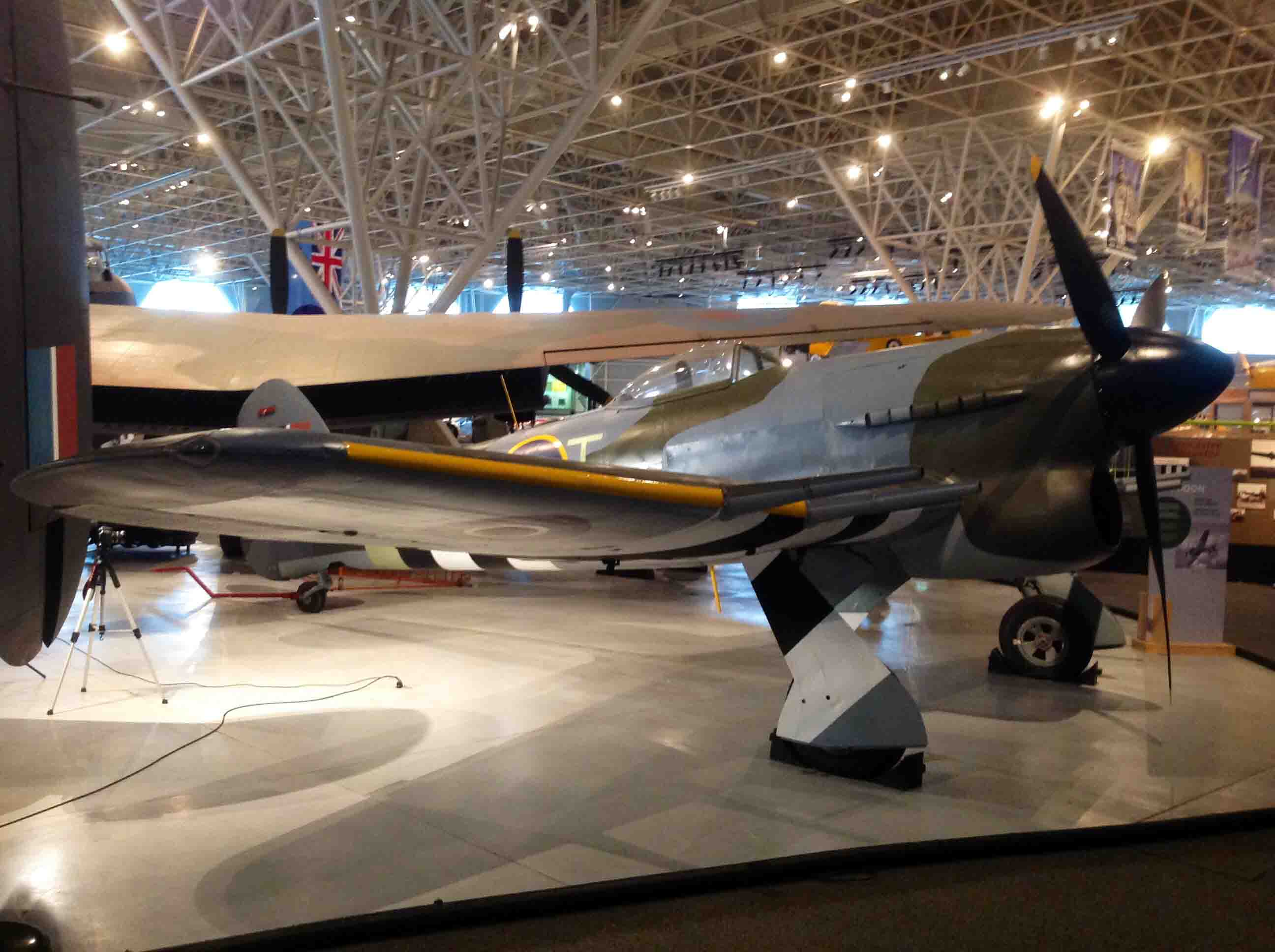Canada Pictures - A Visual Journey Of Ottawa That Tell A Story
Whether you're exploring its historic streets on foot or gliding along the Rideau Canal Skateway in winter, it promises an unforgettable experience with plenty of opportunities that'll light up your Ottawa pictures.
Author:Sophia HarperReviewer:Liam JonesJul 23, 20247.6K Shares166.5K Views

Ottawa, Canada's capital, is a vibrant destination year-round, offering endless entertainment and leisure options. Founded in 1850 and designated the capital by Queen Victoria in 1857, Ottawa boasts broad avenues and iconic buildings that beg to be explored.
Whether you're exploring its historic streets on foot or gliding along the Rideau Canal Skateway in winter, it promises an unforgettable experience with plenty of opportunities that'll light up your Ottawa pictures.
The Rideau Canal
Imagine a 200-kilometer-long watery wonder that’s just 1.6 meters deep, stretching from Ottawa to Kingston on Lake Ontario. The Rideau Canal was initially created as a strategic link during the 1812 tussle with the United States.
In the summer, this canal bursts into life with various water activities. Hop on one of the many tour boats for a breezy Rideau Canal cruise, or take it up with an overnight adventure on the water.
Winter transforms the canal into an 8-kilometer icy playground. Known as the Rideau Canal Skateway, it has become one of Canada's prime spots for winter fun, perfect for skating and enjoying festive events.
For a touch of luxury, check out the Fairmont Château Laurier. Overlooking the canal, this majestic hotel, built in 1912, looks like a medieval castle and stands as a testament to the legacy of Canada’s grand railroad companies.
Byward Market
Located in Ottawa's bustling Lower Town, just a hop, skip, and jump from the Rideau Canal, the Byward Market has been a vibrant hotspot since 1846. In the summer, the streets come alive with stalls brimming with fresh fruits, flowers, and veggies, adding to the charm of the main market hall.
The area around the market has been given a fresh lease of life, now boasting a delightful mix of restaurants and chic boutiques. Hungry? Don't miss Le Moulin de Provence for scrumptious pastries and coffee, or head to Luxe Steakhouse for a gourmet dining experience.
As one of Canada's oldest public markets, dating back to 1826 and founded by Lt-Col. John By, who also played a key role in building the Rideau Canal, the Byward Market is a lively destination day and night. It's a must-visit spot on every Ottawa travellist, and once you experience its vibrant atmosphere, you'll see why!
Parliament Hill And Parliament Buildings
Standing proudly atop the 50-meter-high Parliament Hill, the Parliament Buildings in their grand Victorian Gothic style are a sight to behold. Constructed in 1866, they were strategically placed far from potential American attacks following the War of 1812. The views over the Ottawa River from this vantage point are nothing short of spectacular.
At the rear of the building, you'll find the octagonal Parliamentary Library, a beautifully preserved gem that survived the 1916 fire unscathed. You can take a guided tour of the historic Centre Block, and if you time it right, you might catch a lively question period when the government is in session.
During the summer, the lush lawns in front of the Parliament Buildings come alive with the sight of the Canadian Mounted Police, resplendent in their scarlet jackets, Stetsons, riding breeches, and knee-length boots. On summer mornings, don’t miss the Changing of the Guard ceremony, complete with a regimental band and pipers.
The event starts at 10 am, but arrive 15 minutes early to snag a good spot and enjoy the bilingual commentary. The Changing of the Guard and Parliament tours are among Ottawa’s top free attractions, drawing visitors from near and far.
National Gallery Of Canada
The National Gallery of Canada, an ultra-modern gem designed by Moshe Safdie, is a sight to behold with its prism-like glass towers reflecting the nearby Parliament Buildings. This striking glass structure contrasts beautifully with the medieval-style Château Laurier, yet it seamlessly blends into Ottawa’s charming cityscape.
As one of North America's largest art museums, it boasts extensive galleries featuring aboriginal art, the evolution of Canadian art from religious pieces to the iconic Group of Seven, European Impressionism, and a variety of temporary exhibitions. Don't miss the Inuit art rooms on the lower level, nestled beneath the glass-encased Great Hall. Admission is free for Indigenous Peoples, making this cultural treasure even more accessible.
Located near other top Ottawa attractions like Notre-Dame, the Canadian War Museum, and Major's Hill Park, the National Gallery is perfectly positioned for a day of enriching sightseeing.
The National War Memorial
The National War Memorial (Monument Commémoratif de Guerre) and Canada's Tomb of the Unknown Soldier feature a striking bronze sculpture of World War I soldiers emerging from a granite arch. Known as "The Response," this monument is adorned with the years of conflicts in which Canadian forces have participated.
Throughout the year, a brief yet solemn Changing of the Guard ceremony occurs daily, with intervals varying by season. On Remembrance Day, this monument becomes the heart of national activities, as people gather to honor the fallen, traditionally leaving poppies on the tomb.
Notre-Dame Cathedral Basilica
Situated right across from the National Gallery, Ottawa's Notre-Dame Cathedral is a breathtaking Catholic basilica that was consecrated in 1846. This magnificent church is renowned for its intricate mahogany carvings by Philippe Parizeau and statues of the four evangelists, prophets, and apostles crafted by Louis-Philippe Hébert.
The cathedral's stained-glass windows are a highlight, particularly the series of 17 windows depicting scenes from the lives of Christ and the Virgin Mary. These masterpieces, created by Montreal artist Guido Nincheri between 1956 and 1961, add to the church's grandeur.
Begun in 1841 and completed in 1880, Notre-Dame is the largest and oldest church in the nation's capital. Step inside to marvel at its impressive interior and capture some stunning photos of this historic gem.
Canadian War Museum
A comfortable 20-minute stroll from Parliament Hill along the Ottawa River will bring you to the strikingly modern Canadian War Museum (Musée Canadien de la Guerre). This impressive museum offers a comprehensive journey through Canada's military history, making it a must-visit for history enthusiasts.
Exhibits span from the 16th-century conflicts between the French and Iroquois to Canada's significant contributions in the First and Second World Wars. The museum also highlights the vital role of modern peacekeepers, a notable aspect of Canadian military pride.
US visitors will find the Canadian perspective on familiar events like the War of 1812 particularly fascinating. The museum features interactive displays and an extensive collection of over 50 military vehicles, including tanks, jeeps, motorcycles, armored trucks, and even Hitler's limousine. On-site amenities include a café and a gift shop, perfect for a leisurely break during your visit.
The Peace Tower
The Peace Tower (Tour de la Paix), Ottawa's highest point, offers an observation deck with stunning panoramic views of Parliament Hill, the city, the Ottawa River, Gatineau, and the northern hills. As you ascend in the elevator, you'll catch a glimpse of the tower's bells and find a memorial room honoring Canadians who died in World War I.
Known as the "Tower of Victory and Peace," the Peace Tower is free to enter, but tickets must be obtained in advance. You can secure "first-come, first-served" tickets at the local tourist office at 90 Wellington West or through the official government website. Access to the tower is from the East Block of the Parliament Buildings, ensuring a memorable visit from start to finish.
Diefenbunker - Canada's Cold War Museum
Although it's a half-hour drive from downtown Ottawa, Diefenbunker: Canada's Cold War Museum in Carp is a must-see. This massive underground facility, built in the early 1960s, was designed to protect key Canadian government operations in the event of a nuclear war.
Part of Project EASE (Experimental Army Signals Establishments), this shock-resistant, radiation-proof bunker offers a unique glimpse into the Cold War era. Nicknamed "Diefenbunker" after Prime Minister John Diefenbaker, who championed their creation, the site now hosts a museum that vividly captures this turbulent period. For an added thrill, try the Diefenbunker Escape Room experience, the largest of its kind in the world, making your visit both educational and exciting.
Canada Aviation And Space Museum
Situated near Rockcliffe Airport, the Canada Aviation and Space Museum offers a comprehensive exploration of Canadian civil and military aviation history. While it's a bit too far to walk at eight kilometers away, this museum is a must-visit attraction in Ottawa, especially for families.
Marvel at the replica of the Silver Dart, which made Canada's first flight in 1909, and explore a range of fighter planes from both World Wars. You'll also discover seaplanes and other aircraft that played pivotal roles in opening up Canada's remote northern regions. Don't miss the chance to delve into this fascinating aspect of Canadian history during your visit to Ottawa.
FAQs - Ottawa Pictures
Is Ottawa A City Or A Town?
Ottawa, city, the capital of Canada, is located in southeastern Ontario. In the eastern extreme of the province, Ottawa is situated on the south bank of the Ottawa River across from Gatineau, Quebec, at the confluence of the Ottawa (Outaouais), Gatineau, and Rideau rivers.
Is Ottawa A Beautiful Place?
Ottawa is recognized as a beautiful city by day and night, where families and visitors of all ages will find something to enjoy.
What Is The Rich City In Ottawa?
Rockcliffe Park stands as one of Ottawa's most coveted and exclusive neighborhoods, beckoning the city's wealthiest residents. The big, fancy homes in this part of the capital are famous for sitting on large, well-kept lots.
Is Ottawa Better Than Toronto?
The city is smaller than Toronto and offers a slightly less expensive cost of living. One of Ottawa's biggest advantages is its housing market being much cheaper than Toronto's. Nevertheless, Toronto can hold better job opportunities and diversity.
Is Ottawa A Good Place To Live For Immigrants?
Ottawa is commonly regarded as the best place to live in Canada. Part of this has to do with its diverse and multicultural population and how the city supports newcomers. The city offers many settlement services for newcomers.
Conclusion
Ottawa's rich history, diverse culture, and stunning landmarks make it a photographer's paradise. From the majestic Parliament Hill to the bustling Byward Market, every corner of this vibrant city offers captivating scenes waiting to be captured.
So, pack your camera and get ready to immerse yourself in the charm and allure of Ottawa. Whether you're a seasoned photographer or just starting, there's no shortage of inspiration to be found in this lively city. With its blend of historic architecture, cultural landmarks, and scenic landscapes, Ottawa invites you to explore, discover, and create unforgettable Ottawa pictures that showcase the unique spirit and beauty of Canada's capital.

Sophia Harper
Author
Sophia Harper’s photography acts as a portal to the soul of the places she visits. Drawn to South America’s landscapes and cultures, she has spent years capturing everything from the majesty of ancient ruins to the vibrancy of urban streets.
Sophia’s work isn’t just about documenting moments; it’s about evoking the emotions and stories behind them. A dedicated photographer, she has worked with local communities across South America to capture their rich cultural narratives through her lens.

Liam Jones
Reviewer
Liam Jones has made it his mission to prove that adventure doesn’t need a hefty budget. Having traveled to over 40 countries, he specializes in finding affordable ways to experience the world, from the best street food in Bangkok to hidden gems in Lisbon.
Liam’s travel tips have reached thousands of readers, empowering them to see the world on a shoestring budget without sacrificing quality. With a deep passion for local cultures, he continues to share his travel hacks, ensuring adventure remains accessible to all.
Latest Articles
Popular Articles









